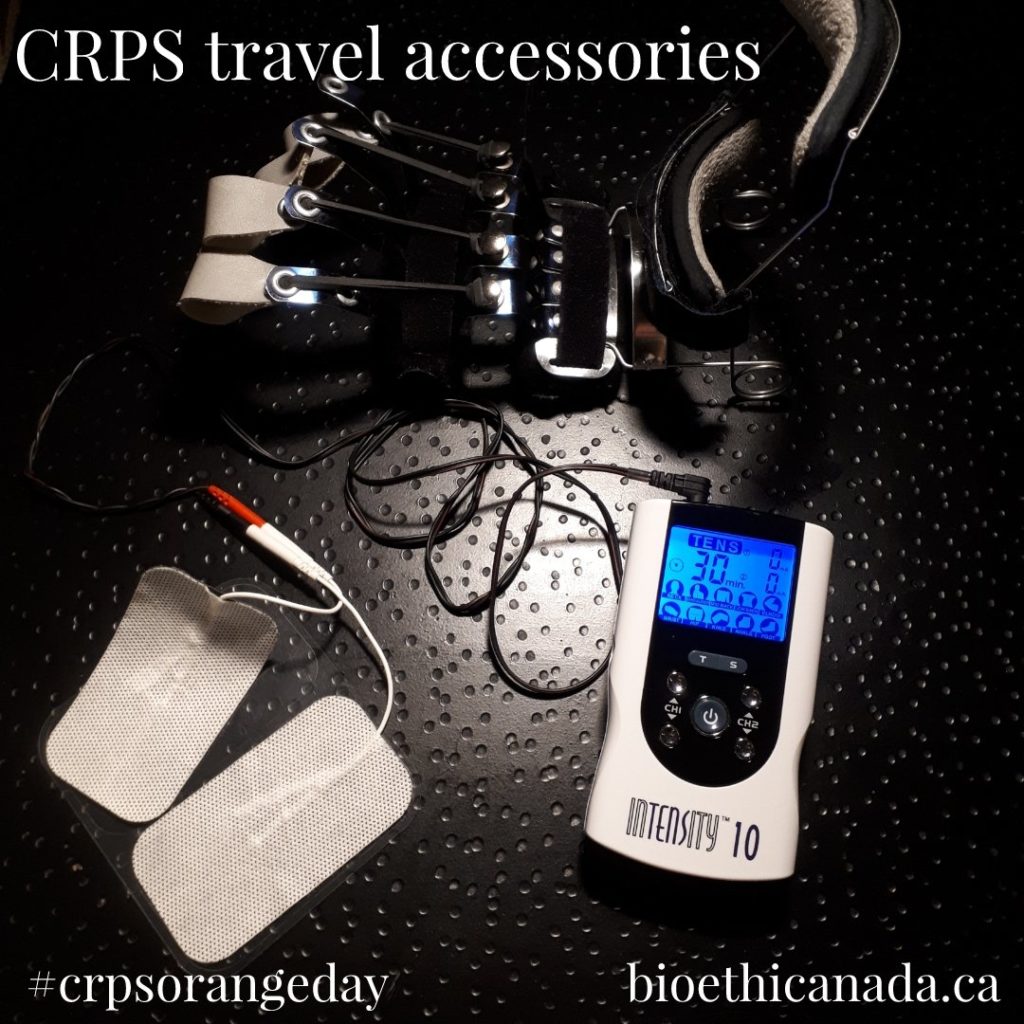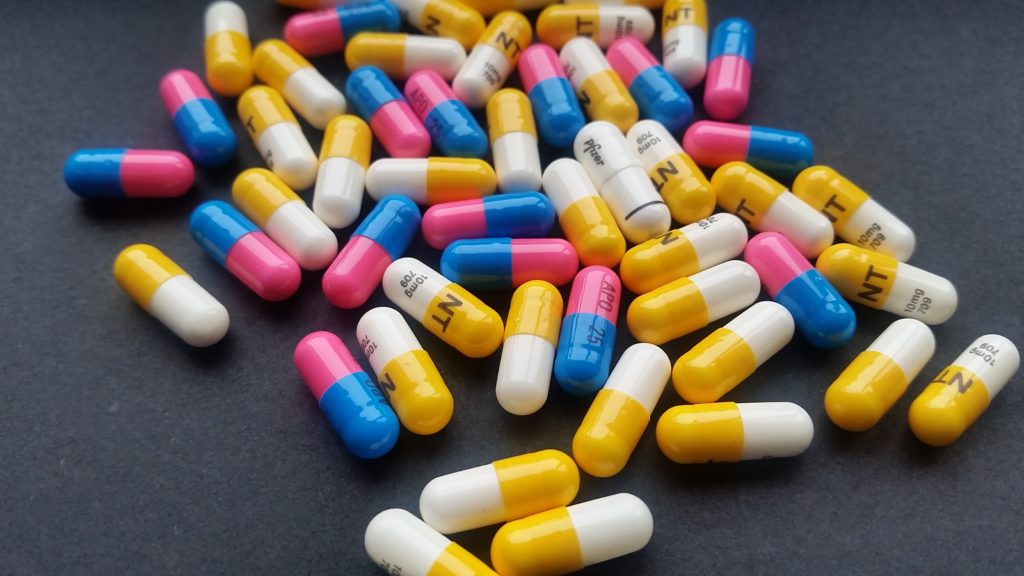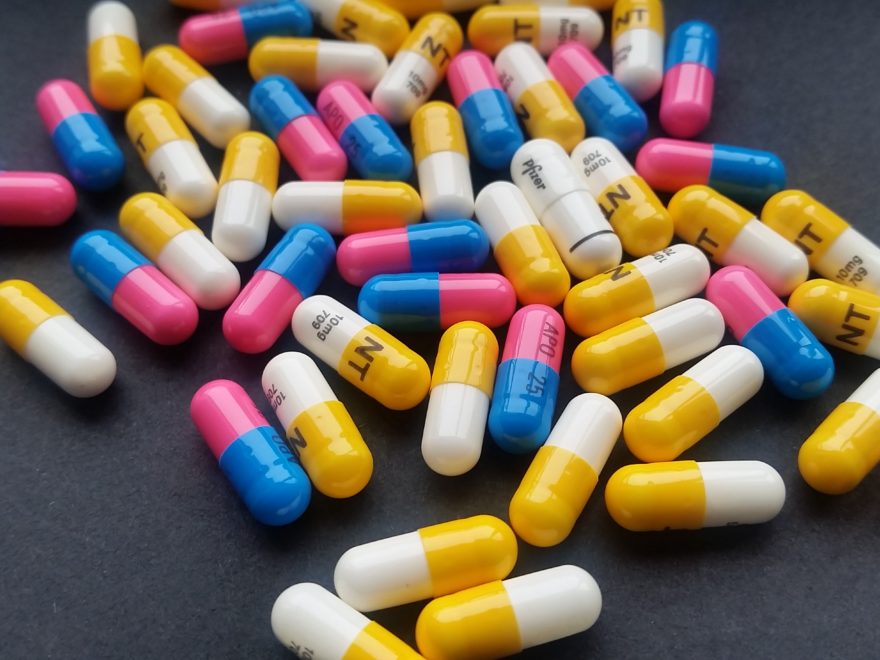Yesterday evening I participated in an online ‘chat’, using the Twitter micro-blogging platform. The topic was “Healthcare and Social Media”(1), which fits in nicely with how I’m trying to raise awareness of CRPS – by using social media.
What is social media? At this point in technology and time, it could be any app, platform, or online tool that is used specifically to connect with people. People you know, or would like to know.
Perhaps the most well-known example is Facebook. That said, I should mention that I avoid using this platform because I don’t feel they do enough to protect users’ privacy and security.
Other common social media are blogs (like this one, but many are commercial or for-profit!), as well as Instagram, LinkedIn, Snapchat, Twitter, and whatever hot new app kids are using today.
If you’re not familiar with Twitter, it’s a micro-blogging platform. Micro because it has a fairly low character limit for each message. Each micro-message is called a “Tweet”. When you follow someone, you see their tweets on your Twitter feed, or page.
You can also follow specific hashtags, created by users, which are keywords. Hashtags are almost always used on Instagram, too. And LinkedIn recently began allowing people to include hashtags in their posts.
A hashtag is just a keyword or expression, with a # pound or number sign in front of it. The hashtags I used most often on Twitter are: #bioethics, #CRPS, #ChronicPain, #Privacy, and #RareDisease.
The # hashtag acts kind of like a sorting system, or library coding, allowing posts about the same topic to be grouped together. On a Twitter chat, sometimes called a tweetchat, a group of people plan to use the same hashtag at a pre-determined time.
This creates an on-line multi-person conversation, about a specific topic. Like an old-fashioned social event, but on-line. For a one-hour tweetchat, there might be 4 questions, giving about 15 minutes for participants to exchange ideas and comments. The questions, and background information, may be available in advance; on a blog or other website.
I’ve been a regular participant in a few weekly tweetchats over the years:
- #bioethx took place on Monday evenings, covering topics in biomedical ethics or bioethics, from 2013 until 2016
- #hcldr – short for Healthcare Leadership – began in 2012 and is still very active. Chats take place on Tuesday evenings, on a wide range of subjects of interest for healthcare professionals and technologies; patients and interested members of the public are also welcomed
- #IrishMed was on Wednesday evenings until this past March. It was at the end of my work day, so I’d join in whenever I could. It was run by an Irish physician, for patients and health professionals to learn about each other’s experiences
- #HealthxPh is held Saturday mornings in my time zone, but Friday evenings in the host country; the “Ph” is for the Philippines. Most participants are healthcare professionals, with some patients as well. I miss about half of the chats during the year, because of the Saturday morning timing
Now that we all know what a Twitter chat is, I’d like to share a few highlights of yesterday’s #hcldr chat on “Healthcare and Social Media”.
The first topic (T1) of the chat asked participants: “Has social media use in healthcare matured? And if so, what are the signs of that maturity?”(1)
My reply to these questions was that, on Twitter at least, healthcare social media has definitely matured. We’ve seen this through the:
– A push for #PatientsIncluded in conferences, policy-making, and research
– Live-tweeting of medical & scientific meetings
– International connections being made through chats such as this one
– A call to end conference panels consisting only of men #NoMoreManels
– #MedEd & med student groups, for example @McGill_rareDIG
I also mentioned that it’s fantastic when a scientific or medical conference combines #PatientsIncluded with live-tweeting, which is what @CanadianPain does by having “Twitter Team” members who’re also “Patient Partners“.
During our discussion of this topic, a few people raised the issue of trolls and bad behaviour that can occur in social media. This is a real concern, but my response was that “I think that’s, very sadly, simply a case of social media reflecting some societal norms that have regressed due to a rise in populism & “fake news” throughout many parts of the world…”
Our second topic, or question, for the chat was: “As social media use has matured, is it harder now to differentiate yourself online or easier?”(1)
“I feel that it’s more difficult now to make the personal connections that used to be common on Twitter, due to the much higher volume of tweets & users.” But that may only be because I’ve been using this social media for quite some time now; newer users may not have that same experience.
Third up, as a set of questions, was topic 3: “What does it mean to you to “engage” on social media? Is engagement still subjective?”(1)
My response was that: “Engagement isn’t simply using a social media, it’s using it to make connections. To me, that’s what puts the “social” in the media… For example, raising awareness of a rare #chronicpain disease – #CRPS”.

The subjects which we discuss during our #hcldr chats are often difficult – they all involve healthcare. So sometimes our moderators encourage us all to just break loose and have some fun… and to let other members get to know us in a more personal way.
This is what the fourth topic of the evening was all about!: “Humor time! Share a funny story from your social media past – a gaffe, a early slap-the-forehead moment, a past quirk of the platforms”.(1)
The first thing I thought of was this blog! “Back when I started blogging – in ’07 – about bioethics, people would often ask me: “What’s a blob?” That, and: “Where did you get those images?” All the photographs on the blog are my own, other than the few I’ve attributed to another source; for example images of book or report covers.
Prior to being struck with CRPS, when I was blogging only about bioethics, I’d use a real camera to take the photos. Now that I’ve lost the full use of my right hand and arm, due to this disease, I try to apply principles of photography to my smartphone pics. So the blog photos are still mine; copyrighted under Canadian law as creative artworks ‘-) This is important to me, as I use my photographs – and some other artistic pursuits – to raise awareness of chronic pain, CRPS, and rare diseases.

If you’re involved in healthcare – whether as a caregiver, patient, or professional – consider dropping by this Twitter chat on a Tuesday evening from 20:30 to 21:30 Eastern time. Hope to ‘see’ you there sometime ‘-)
HCLDR is a strong and vibrant online community of people who all share a passion for improving healthcare – through technology, processes and education.
Our community includes patients, physicians, nurses, CEOs, IT folks, caregivers, policy makers and students from countries such as Canada, USA, Philippines, Ireland, Australia, New Zealand, Singapore, UK and South Africa.”(2)
References:
(1) Colin Hung. Healthcare Social Media 2019. 18 Jun 2019. Healthcare Leadership Blog #hcldr. Online. Accessed 18 Jun 2019:
https://hcldr.wordpress.com/2019/06/18/healthcare-social-media-2019/
(2) Joe Babaian and Colin Hung. About Healthcare Leadership. Healthcare Leadership Blog #hcldr. Online, undated. Accessed 19 Jun 2019:
https://hcldr.wordpress.com/about/

